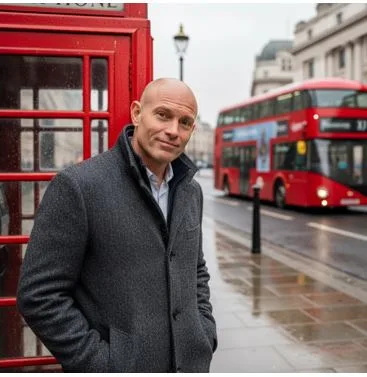The Top Slip and Fall Risks Lurking in Public Areas
Public places – especially businesses – are supposed to be kept as safe as possible, but that doesn’t always happen. Sometimes there are hazards that show up in the form of slick floors, liquid and chemical spills, and other obstacles. Unfortunately, these dangers cause people to slip and fall on a regular basis. According to research data, more than eight million people are treated in U.S. emergency rooms every year for fall-related injuries and older adults are at higher risk.
In most cases it’s the business that gets held legally responsible for accidents. For example, if you slip and fall at a hotel, you can file a lawsuit against the company to recover compensation for your injuries. There’s a good chance your lawyer will negotiate a settlement out of court with the hotel’s insurance company that will cover your medical bills, lost wages, and other forms of compensation if applicable. Although it’s comforting to know you have legal recourse if you become injured, a little awareness can help you avoid accidents in the first place.
Below are the most common reasons accidents happen in public places.
- Wet and slick walking surfaces
Whether it’s spilled coffee in a hotel lobby, tracked-in rain at the entrance of a grocery store, or a restroom with more water on the floor than the drain can handle, moisture is a primary trigger for slip-and-fall accidents. Even when floors are built with materials designed to be slip-resistant, accidents can happen.
Entrances are usually the most dangerous areas. Any rain or snow outside is easily tracked into an entrance and can become a slippery film on the floor. Without scraper mats, runners that absorb moisture, or extra space that allows moisture to be walked off, it will build up fast.
When it comes to restaurants, there’s an even bigger chance of wet hazards. Patrons spill drinks and food all the time and sometimes staff doesn’t know until it’s too late. Even just dropping greasy food on the floor and picking it up isn’t enough to eliminate the hazard since grease can stick to the floor.
The best solution is for businesses to put out a wet floor sign in a conspicuous place both at the site of the spill and at the entrance to warn people ahead of time. Warning signs don’t reduce the actual danger but the warning reduces surprise and gives people a chance to take note of and avoid the danger. As a customer, you can’t force a business to stay on top of spills but you can report incidents to OSHA. If an establishment is reported frequently enough, someone will talk to them and they’ll be forced to be more vigilant.
- Parking lots and sidewalks
Parking lots and sidewalks pose a handful of dangers to people and vehicles. Black ice, compacted snow, melt re-freeze, potholes, cracks, and uneven surfaces all contribute to slips, trips, and falls. If you’re pulling into a parking lot that looks run down, be ready to encounter potholes and uneven surfaces. Neglected properties often have cracked sidewalks and sloppy construction that makes walking a challenge.
- Transitions
Whenever a surface moves from carpet to tile or there’s a steep, beveled threshold, watch your step, especially if you’re carrying something. All it takes is a vertical change of around a quarter inch to create a hazard.
- Neglected stairs, ramps, and handrails
Stairs and ramps are already slightly dangerous, but they become major hazards when neglected. OSHA has specific handrail rules for a reason and when these rules are ignored they can cause injuries. It’s equally important for each step to be uniform. People climb stairs with a rhythm and a single stair with a different height can break that flow and trigger a fall.
When handrails are wobbly, uneven, or inconsistent, they can easily cause trips and falls. Not only do people expect sturdy, continuous handrails, but it’s a legal requirement. As for ramps, they need traction and contrasted edges to be safe. Injuries that occur on elevated surfaces are disproportionately severe.
Stay aware to avoid injury
While not every injury can be avoided, you can avoid the majority of preventable slips and falls by watching your step and expecting to encounter common hazards. Businesses have a responsibility to keep their spaces safe, but your awareness will be the determining factor. Take a few extra seconds to walk carefully over thresholds and into entrances and don’t hesitate to report broken steps or loose handrails to the business owner. Falls send millions of people to the ER every year but you don’t have to become one of those statistics.



